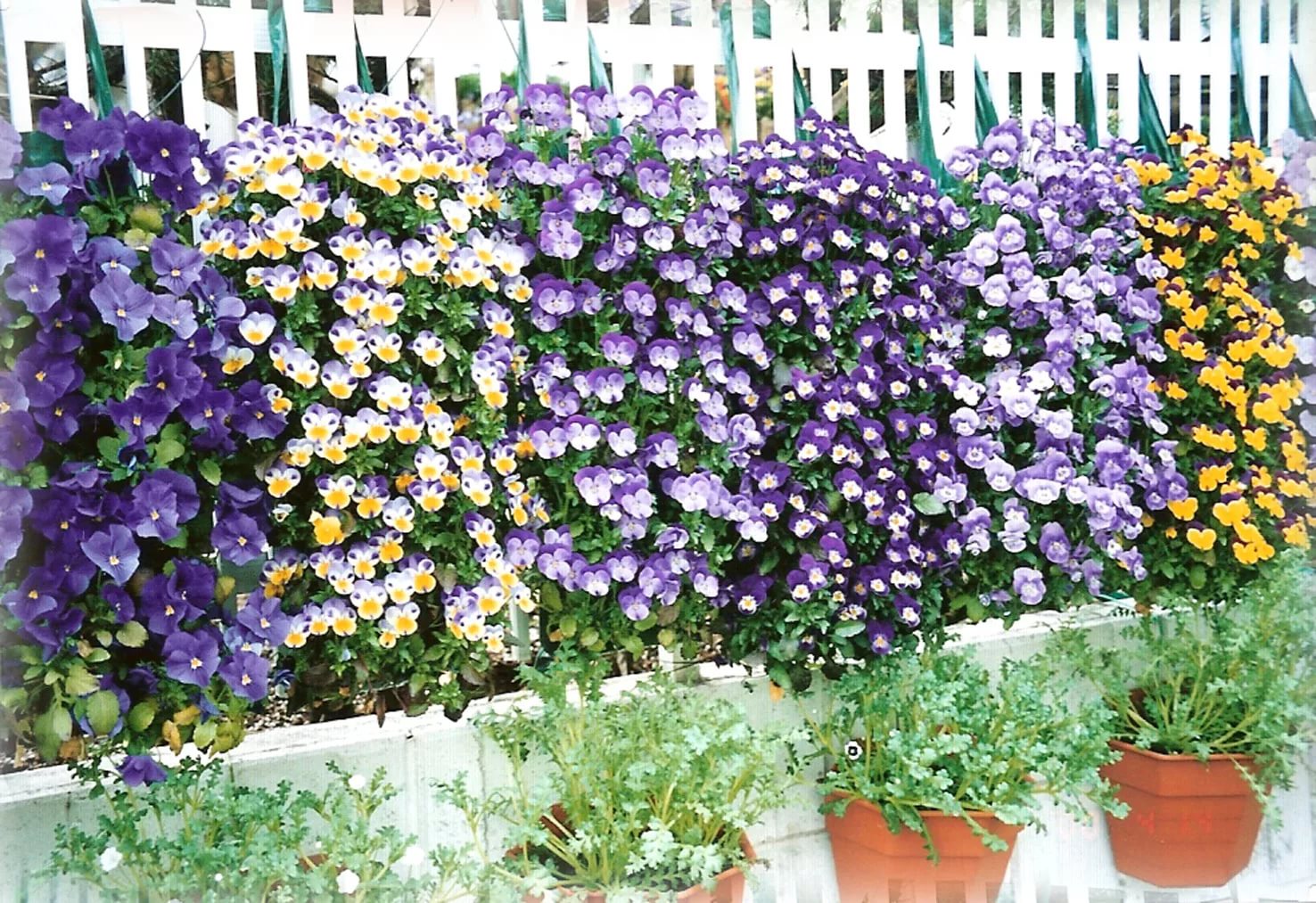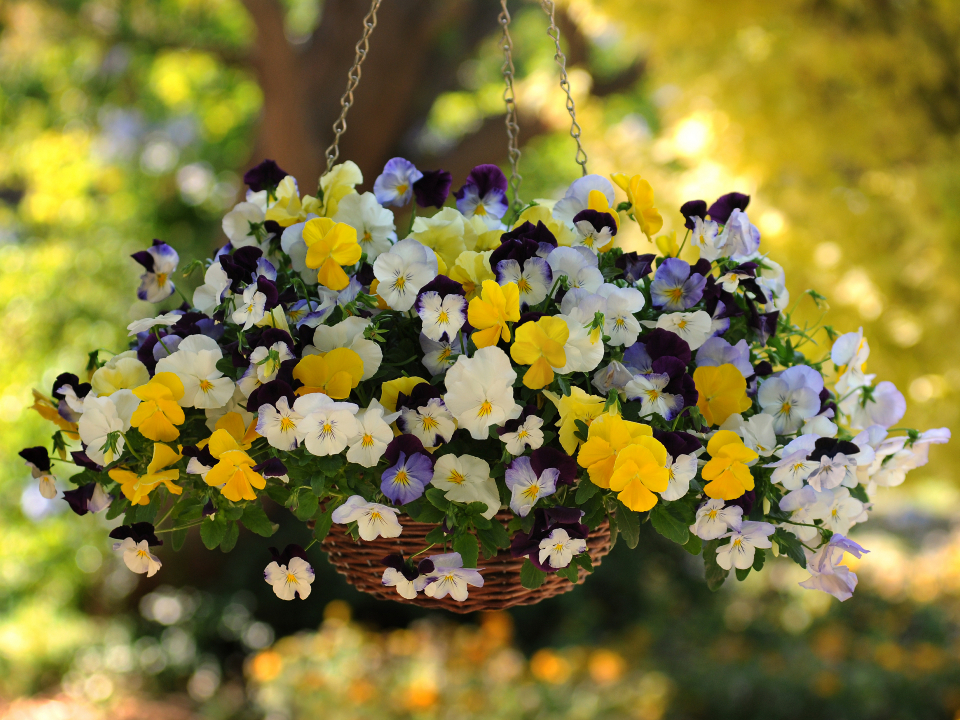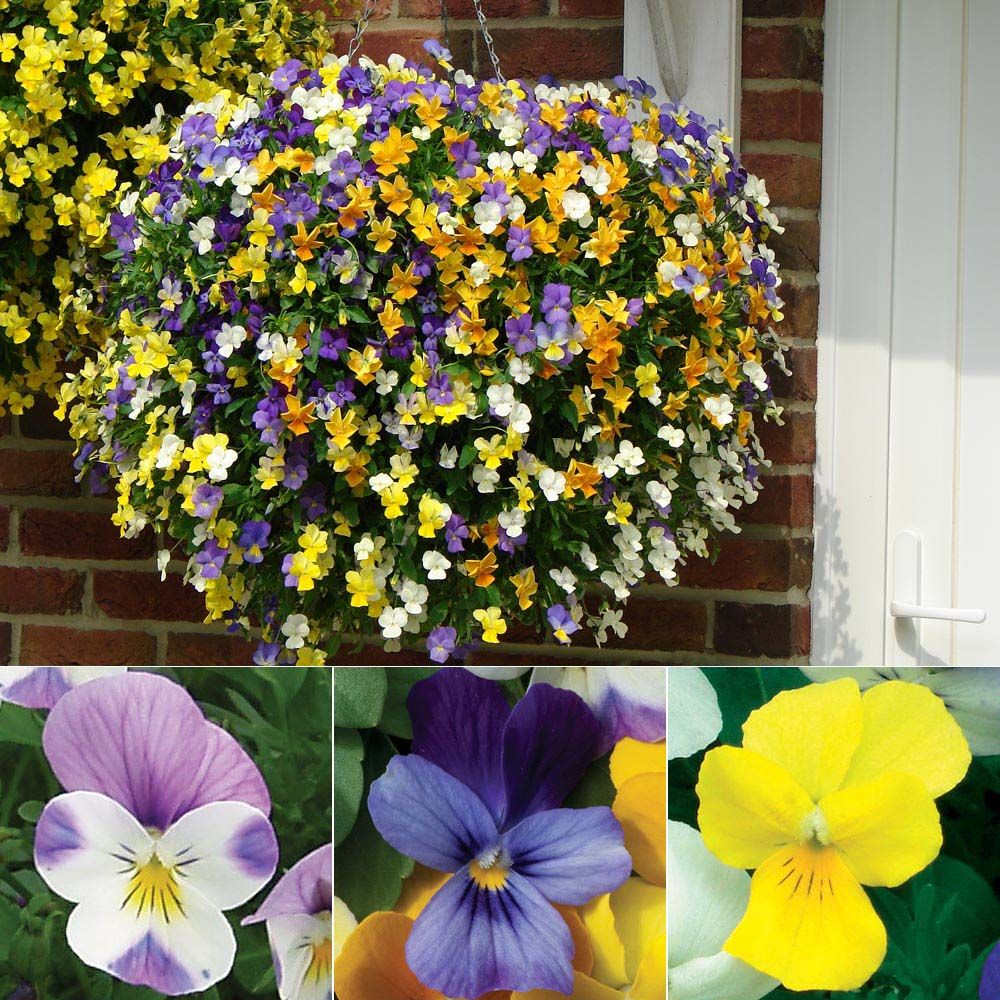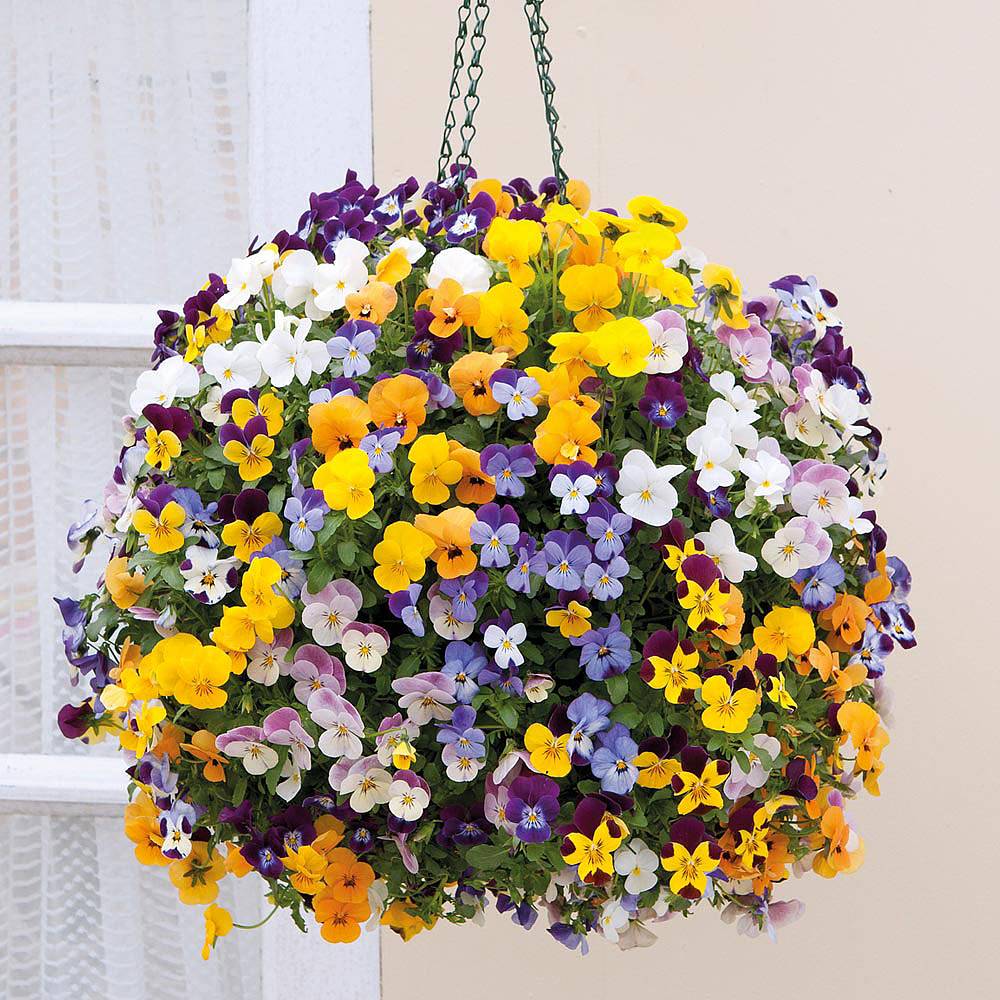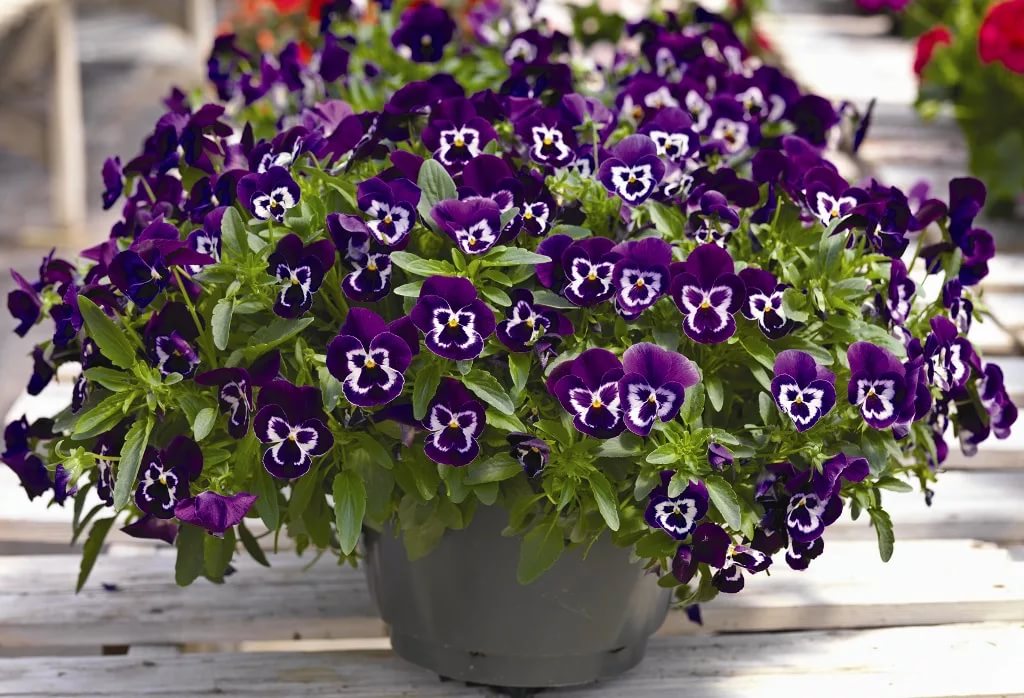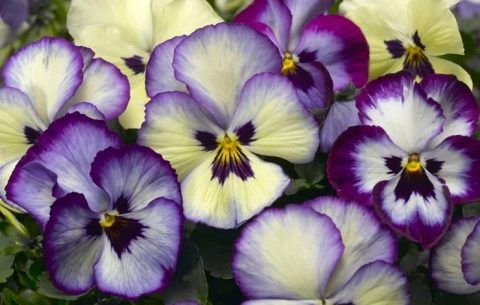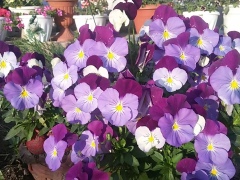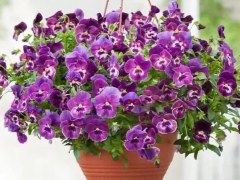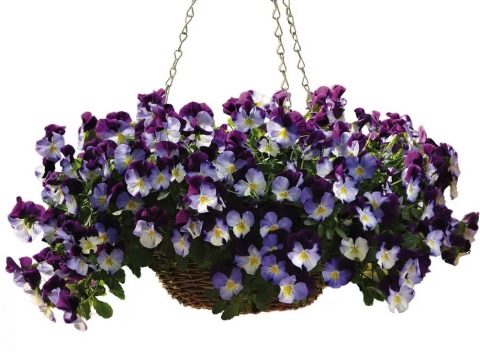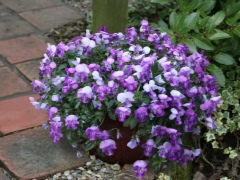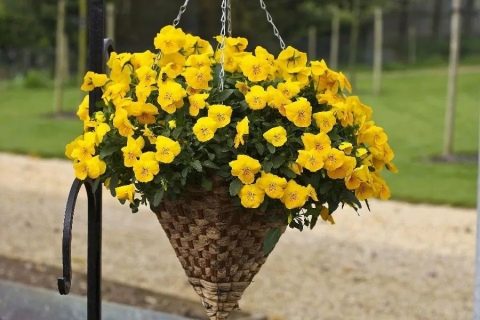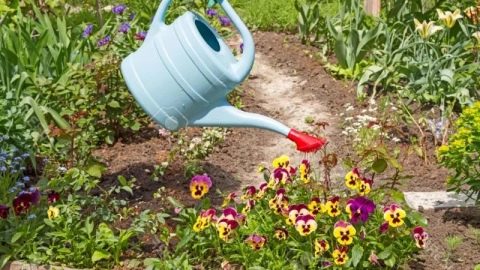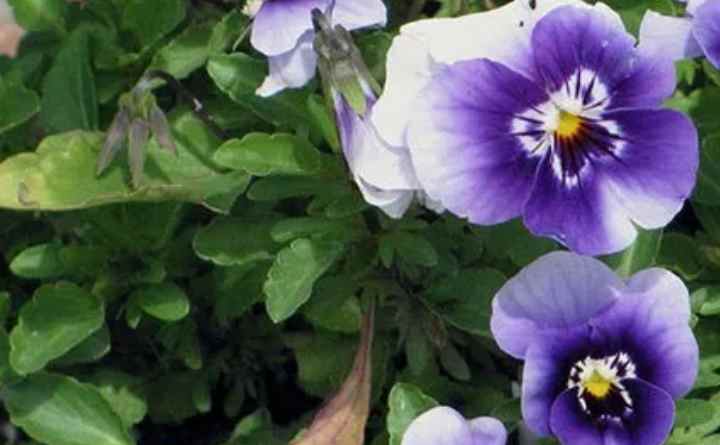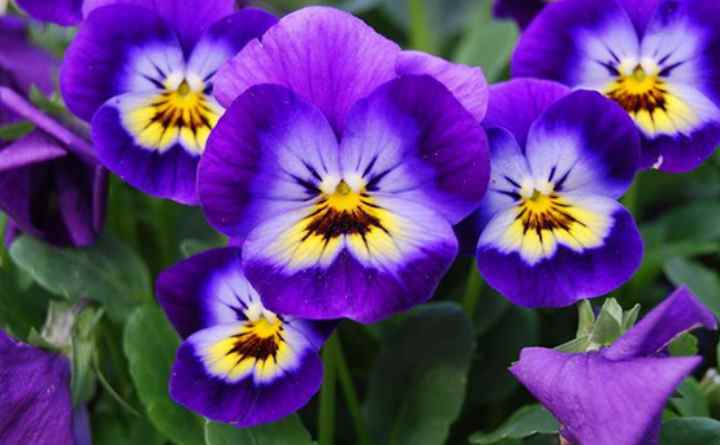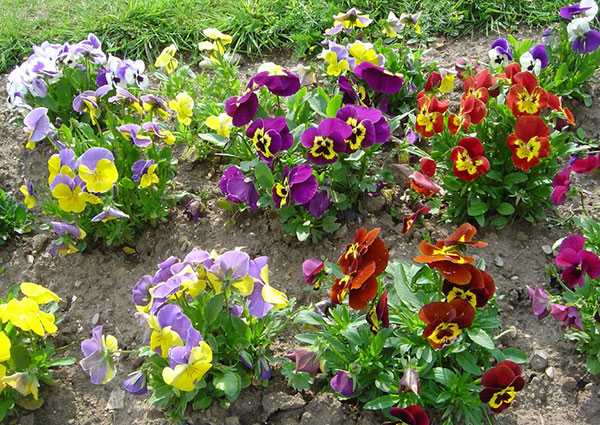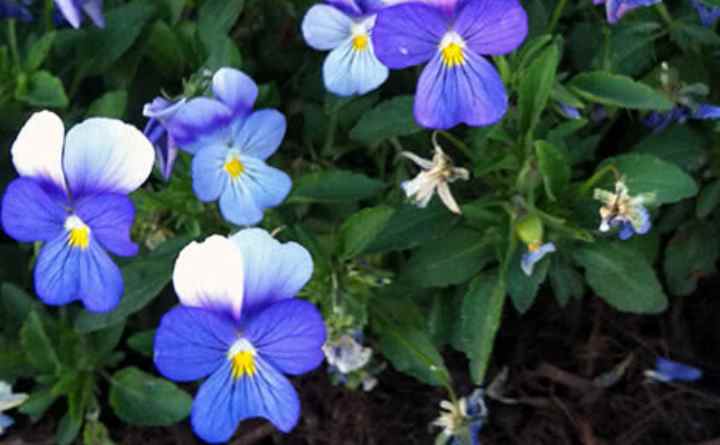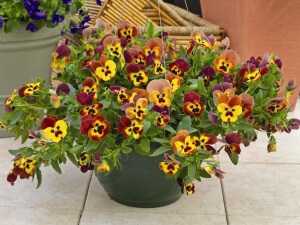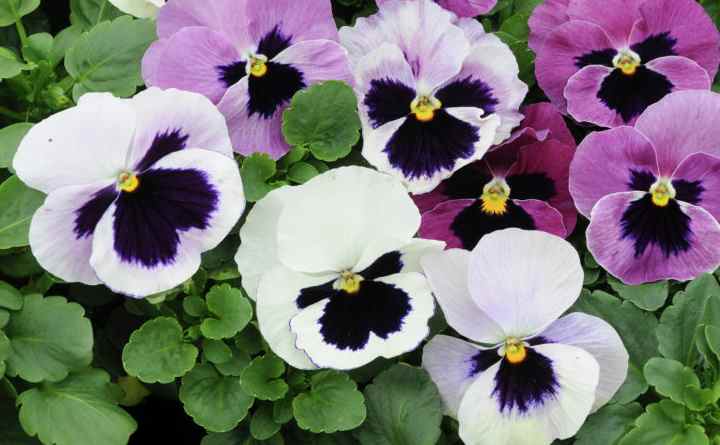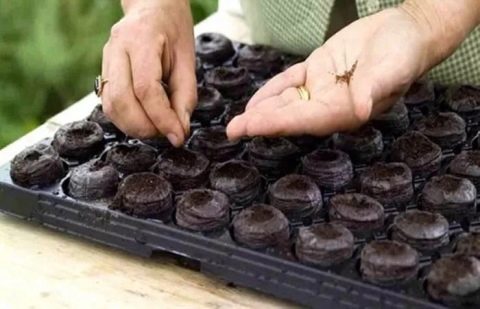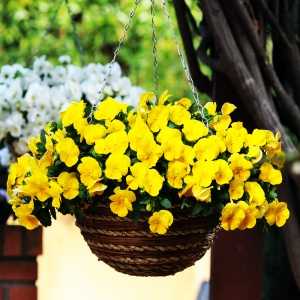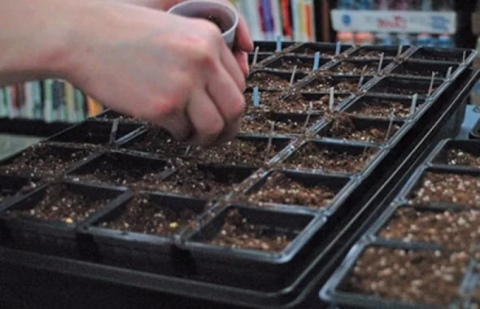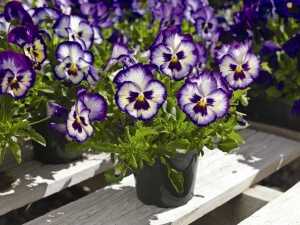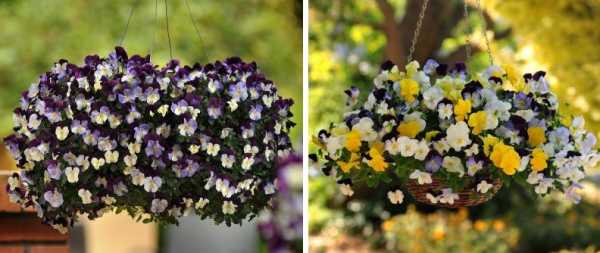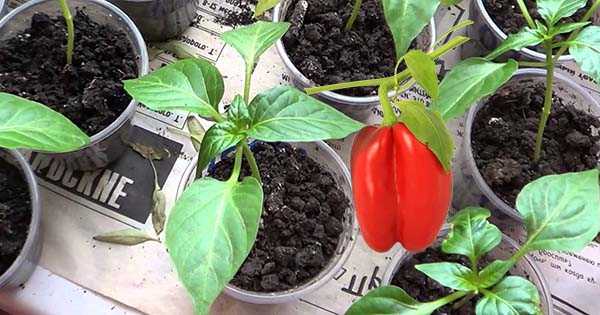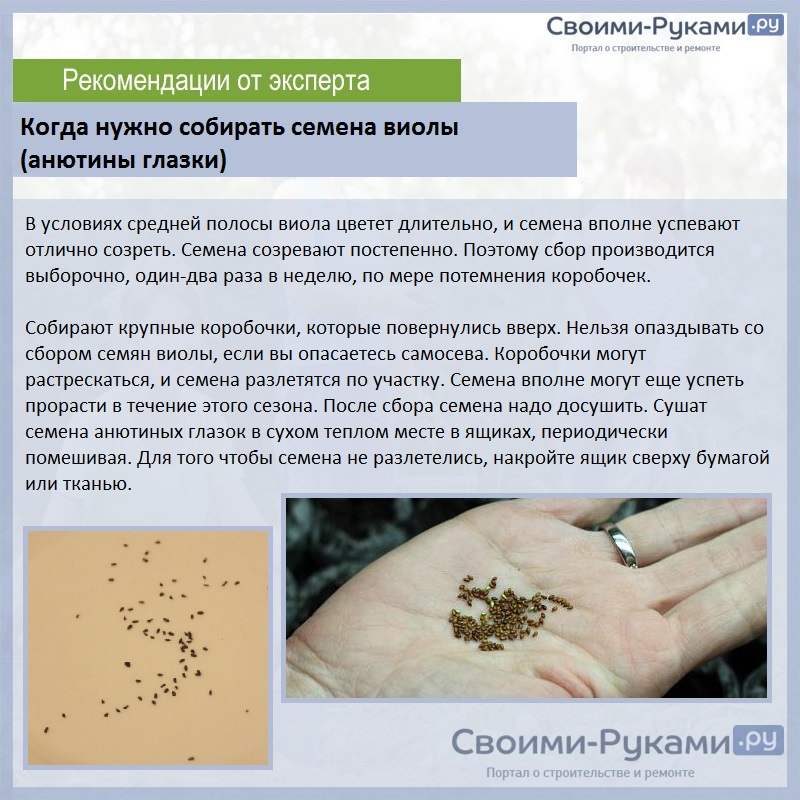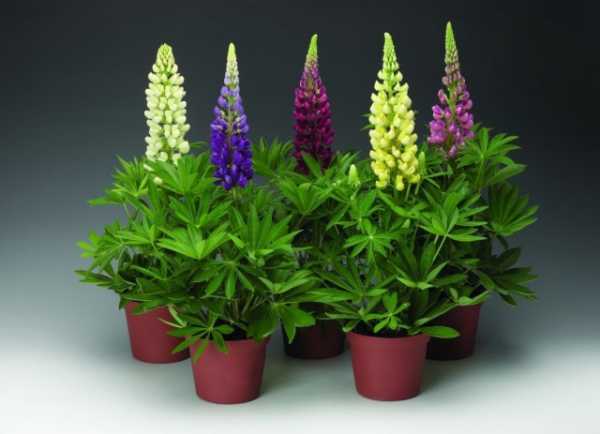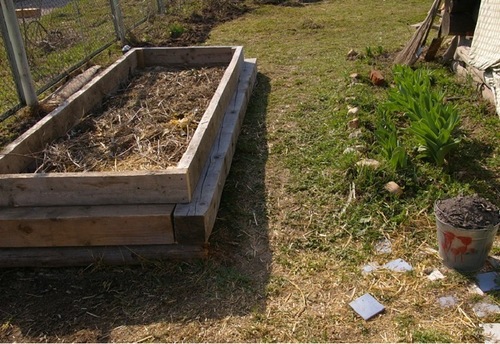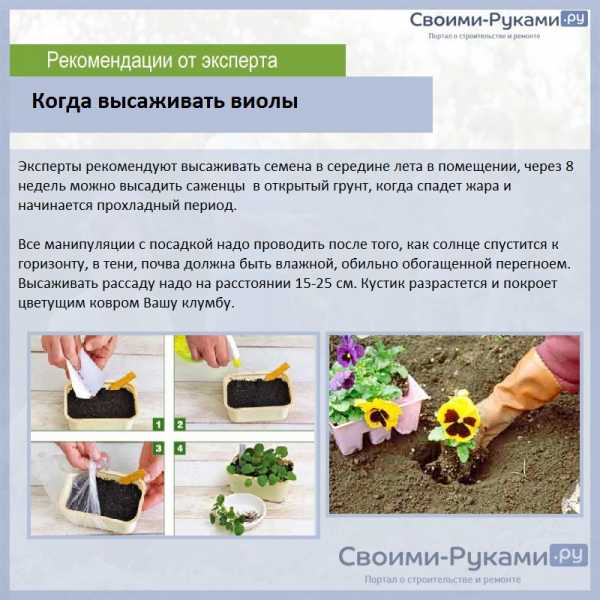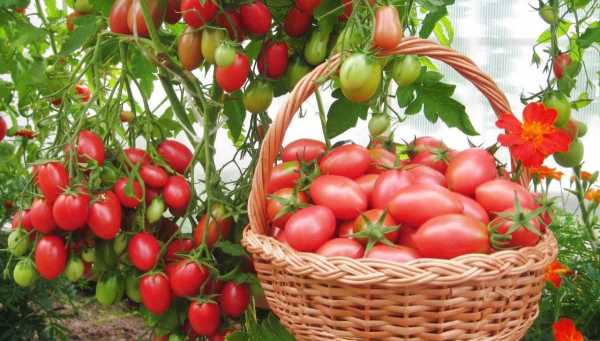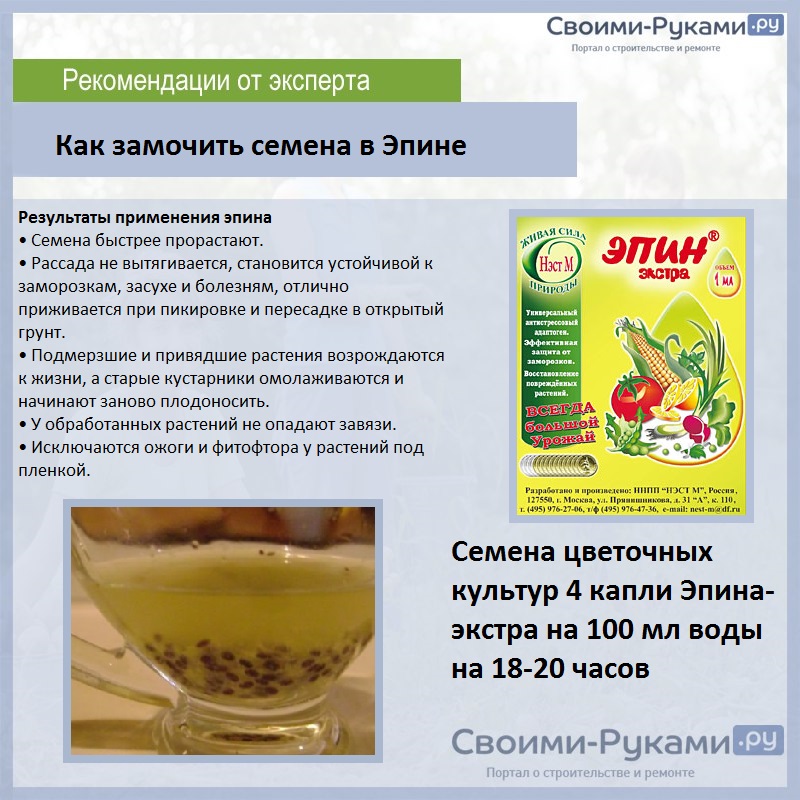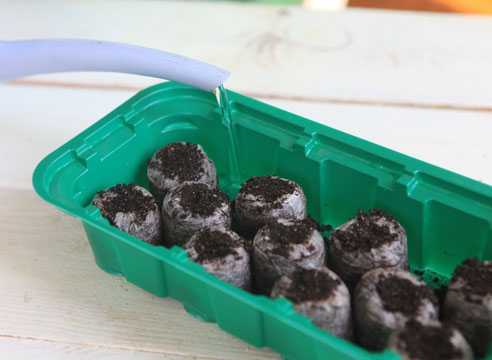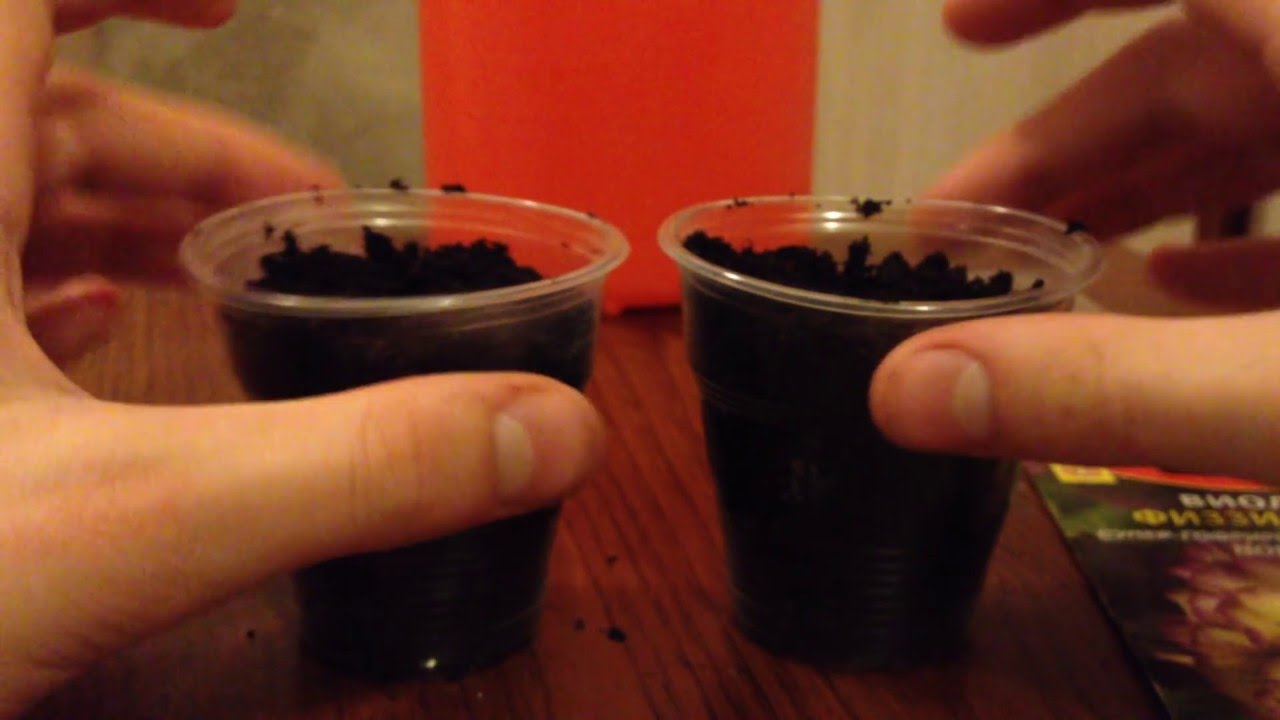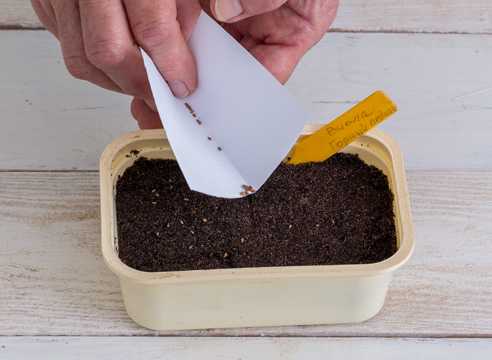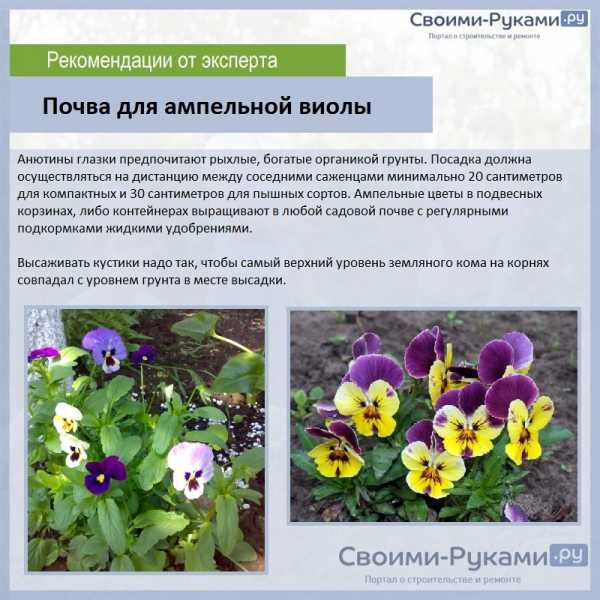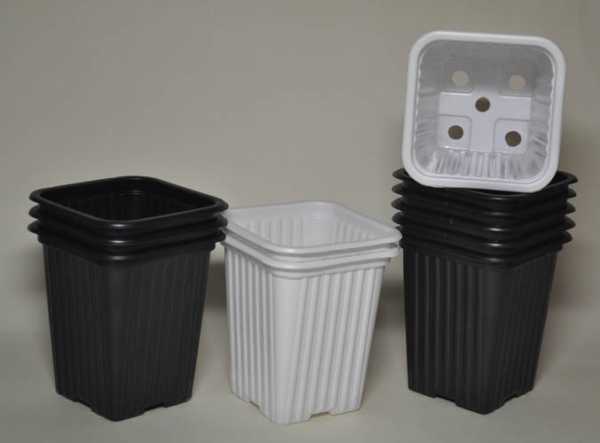Viola: plant description
Violet viola is a perennial or annual herb from the Violet family, which today is found in countries and regions with different climatic conditions. It can grow in temperate and subtropical climates and is found in the tropics. Among several hundreds of species, varieties and hybrids, there are specimens for cultivation in highlands and in conditions of high humidity, in arid regions and on island territories.
The plant consists of a fibrous root, an erect shoot, feathery leaves in a basal rosette, single flowers on long peduncles with a diameter of 6 - 7 centimeters and fruits - boxes with seeds.
The main feature of the viola is its various colors - monochromatic, with splashes and spots, with stripes and edging, with double and simple petals, two or three colors, with wavy or even edges.
The average height is from fifteen to thirty-five centimeters. Due to the high germination of seeds, which persists for two years after collection, even a beginner, an amateur in floriculture, can grow crops.
In addition to its high decorativeness, viola is also a medicinal flower, which is widely used in folk medicine.
Its medicinal properties are able to overcome seasonal colds, severe cough and laryngitis, bronchitis and pneumonia. Violet-based tinctures and decoctions are used in the complex treatment of gastritis and vascular problems. Combined with honey and lemon, the hot drink invigorates and energizes for the whole day if you drink it in the morning instead of your usual tea or coffee.
Flowering period
Viola blooms profusely and brightly in good conditions. The flowering period depends on the local climate, cultivar and planting time. This usually occurs from the second half of March and almost until the beginning of June or from the beginning of August and before the arrival of the first autumn frosts. In the southern regions with a long warm season, the violet manages to please with its various floral shades twice a year.
Popular varieties
Among the variety of species and varieties, and there are about a thousand of them, it is difficult to single out the best and most attractive ones. They all have their own individual characteristics and advantages over other specimens. Let's dwell on some of them.
Viola "Tricolor" prefers a southern climate, blooms for a long time - from mid-spring to mid-October. The average height is about twenty centimeters, the diameter of a flower with violet, yellow and purple shades is up to eight centimeters. The best varieties are Tiger Eyes, Cassis, Shalom Purim.
Viola "Fragrant" has an extraordinary aroma, small flowers (about two centimeters) of pink, white and purple shades, creeping stems and short flowering - no more than three weeks. Famous varieties - "Charlotte", "Rosina", "Tsar", "Christmas", "Red Charm".
Charlotte
Viola "Wittroca"
The most popular species with a huge number of varieties of various shades and varieties, heights and shapes. The bush has many shoots. The flowers are very large - up to ten centimeters in diameter. The best varieties:
- "Jupiter" is a short, winter-hardy bush with two-colored flowers of white and purple hues. The average height is fifteen centimeters.
- "Maxim Marina" is a heat and cold resistant variety that blooms for a long time. Flowers of different shades with a purple or white border around the edge and a dark spot in the center.
- «Frizzle Sizzle Orange is a cheerful, positive color variety with shades of orange and peach and subtle strokes - cilia on the petals. The flowers are corrugated.
- "Grillage" is a compact early flowering variety with bright corrugated flowers up to eight centimeters in diameter in various shades.
- "Africa" is a tall variety (about thirty centimeters) with small flowers in all shades of yellow and brown.
Description
Cascading petunias are a subspecies of ampelous. As a rule, the length of their shoots can reach 1.5 meters, while they do not break even in strong winds. A cascading bush in a pot looks so magnificent due to the axillary shoots, which first stretch up and then simply fall, resulting in such a large green mass, strewn with flowers. Terry petunias are very widely used by gardeners in the creation of landscape design. Despite their beauty, these plants are very unpretentious and can be grown even by beginners.
The flowers of cascading petunias are quite large, they bloom abundantly, mainly from summer to early autumn. A wide selection of terry cascading options can delight even the most fastidious gardeners. As a rule, such petunias are planted in pots, hanging pots, braids, spheres, and even on ordinary flower beds. Cascading terry petunias are ideal for decorating various terraces, home balconies and loggias.
Potential diseases and pests
Like any other plant, petunias are not immune to disease and insect attacks. With excessive moisture, the plant can get sick with a black leg, that is, its roots, and the stems will rot, as a result - the plant will die.
With a lack of iron, the plant can develop chlorosis. This is mainly due to over-watering and alkalization of the soil. In this situation, you should purchase a special preparation for plants that contains iron. Thus, the flowers can be saved.
But if a whitefly or a spider mite attacked terry petunias, then it is best to get rid of them with the help of ready-made insecticides.
In general, petunias rarely get sick. Most often, insects attack them, migrating from neighboring plants.
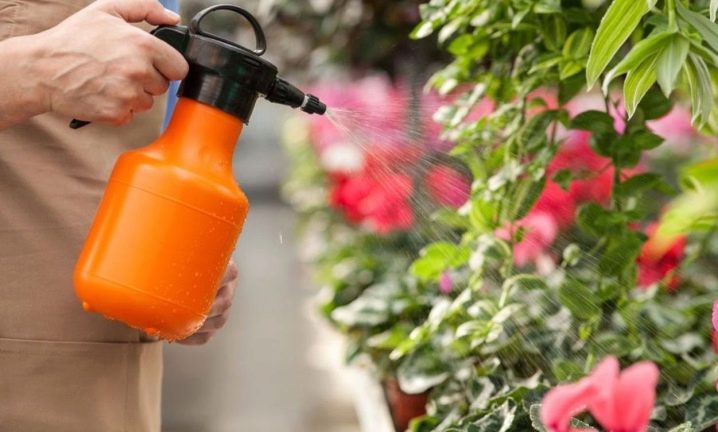
Features of the ampelous viola
The main feature of this species is the spherical shape of the bush, whose height is twenty centimeters. In the process of flowering, the plant is covered with the same type and bright flowers, which are also very fragrant. The leaves are quite narrow, often ovoid or oval in shape. At the beginning of the flower's development, it grows in a vertical direction, and later, at the beginning of flowering, the shoots fall down.
The average length of the shoots is forty to sixty centimeters. With good care of the viola, it begins to bloom early and for a very long time. The flowering period of the ampelous viola begins in spring and ends just before the frosts. This type of violet is distinguished by its high frost-resistant qualities. Very often, the flower is grown as an annual as well as a biennial plant.
Further care
After planting the ampelous viola, the florist may face the problem of proper further flower care. In order for the viola to bloom as efficiently as possible, the following steps should be taken:
- the plant must be watered daily in moderation;
- we must not forget about periodic feeding of viola with mineral fertilizer (at least once a month);
- you need to timely remove weeds that interfere with the normal development of flowers;
- the soil must be periodically loosened;
- in winter, it is worth taking care of the warming of the plant; for this you can use straw or small dry twigs, which will protect the root system from the cold;
- and finally, we note that it is periodically necessary to cut off the dried ends of the plant.
By following these recommendations, you and your family will enjoy the unique aroma and beautiful flowering of ampel viola for a long time!
Growing and care
Viola variety "Rococo" loves illuminated areas, which must be darkened from aggressive midday sun rays. It grows especially well under young trees (mainly fruit trees) with a rather sparse crown. Balconies facing east or west are decorated with flowers of unusual color. In the south, the viola will show lush bloom only before the onset of the sizzling heat (June - July).
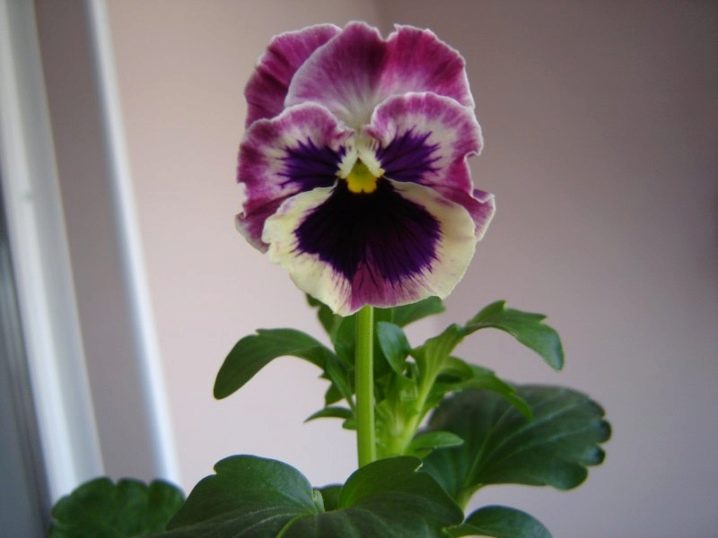
The basic rules for caring for the Rococo viola include:
- regular watering;
- weeding and loosening;
- top dressing;
- preparation for the winter period.
Despite its obvious unpretentiousness, viola requires keeping the soil moist and needs constant loosening, since the roots of the plant are on the surface (they are buried in the soil only 15–20 cm). Remove wilting blossoms in time to keep the violets in bloom.

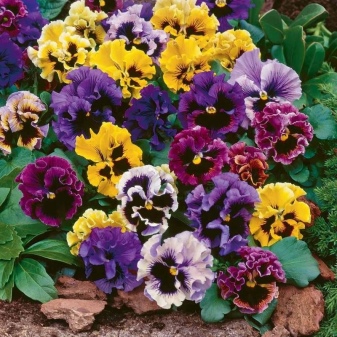
Therefore, it is carried out with mineral mixtures containing the NPK complex. Thanks to him, the viola will delight you with lush and active flowering. When grown on the balcony, fertilizing is applied every week, on the site the plant is fertilized once every three weeks. With the onset of subzero temperatures, the viola growing in the garden is covered with dry foliage or spruce branches. The plant is opened in early spring.
The following video will help you understand all the intricacies of growing viola.
Growing from seeds
Reproduction and cultivation of ampelous viola in our latitudes is possible only by sowing seeds. For seedlings, seeds are planted in the spring. You can plant seeds in open ground both in summer and autumn.
If the seeds are planted outdoors in the fall, flowering will begin as early as next year. Sowing should be done in early September, or at the end of August. During autumn, viola sprouts will sprout, and in winter they will be covered with snow.
In mid-spring, when the weather is already stable and warm and all the snow has melted, the plant will begin to grow and will soon begin to bloom.
For viola to bloom in the first summer, you first need to plant seeds for seedlings. It is recommended to do this at the beginning of March. Additional light will need to be provided for seedlings. This will strengthen young sprouts and enhance vegetative activity.
Under these conditions, flowering will begin in 2 months. This method is applicable to both planting in open ground and planting in pots or boxes on the balcony.
In the case of planting seeds in open ground in June, the viola will bloom in August. In winter, the flowers will be covered with snow, and in spring they will bloom again.
Planting seeds for seedlings
Growing seedlings at home for further planting in open ground is not a difficult process. You can take any capacity. These can be pots, boxes, cups.
The soil should be loose in consistency and rich in nutrients. A peat mix works well:
- 2 parts of peat;
- 2 pieces of garden land;
- 1 part humus.
All components must be thoroughly mixed and distributed in containers. In order for the seedlings to develop faster and better, there must be drainage. Then proceed as follows:
- Plant the seeds in moist soil, for which make holes 5 mm each. There should be 2 cm between the pits.
- Sprinkle soil on top of the hole and cover the container with foil, creating the effect of a greenhouse. Place containers in a warm place.
- Remove film for airing every morning and evening. 10 minutes will be enough.
- When the first two leaves emerge, feed with mineral fertilizer. This procedure should be carried out once a month.
- After 4-5 weeks, dive the viola into separate small containers. Their diameter should not exceed 10 cm.
- Provide additional lighting for the seedlings. Plants need light for at least 14 hours a day.
In May, when there will be no frost and the soil warms up, you can plant seedlings in open ground:
For 1 bush, you need a 7 cm deep planting pit. Keep a distance of 10-15 cm between the viols.
Lay out the drainage at the bottom of the fossa. A few pebbles will be enough for this.
Remove the plant from the container and lower it into the hole along with the earthen clod.
Cover with soil, but do not compact it.
Be sure to water
It is important to remember that watering is carried out only at the root, avoiding contact with the foliage.
Experienced flower growers recommend providing the plant with shade in the early days so that it better acclimatizes in new conditions.
Planting seeds in open ground
In order for the viola to grow and delight with its beauty not one season, but several, you can plant the seeds immediately in the ground at the beginning or middle of summer.
A place with loamy, slightly moist soil is suitable for growing viola. This place shouldn't be very sunny. Partial shade is ideal.
Prepare the soil for planting:
- Create a drainage layer from pebbles or broken brick;
- Pour a 2-3 cm layer of sand on the drainage and level;
- Then fill the soil by mixing the garden soil with humus of the same volume.
After preparing the soil, start planting seeds:
- Make shallow grooves, separating them from each other by 10 cm;
- Sow seeds into the grooves and sprinkle with earth on top;
- Water well and sprinkle the grooves with sawdust.
For the development and flowering of ampelous viola, not only the correct planting and a good place are important. Successful cultivation will directly depend on the conditions of care.

